Light hunting
razzbly
14 years ago
Related Stories

LIGHTINGHouse Hunting? Look Carefully at the Light
Consider windows, skylights and the sun in any potential home, lest you end up facing down the dark
Full Story
LIFE12 House-Hunting Tips to Help You Make the Right Choice
Stay organized and focused on your quest for a new home, to make the search easier and avoid surprises later
Full Story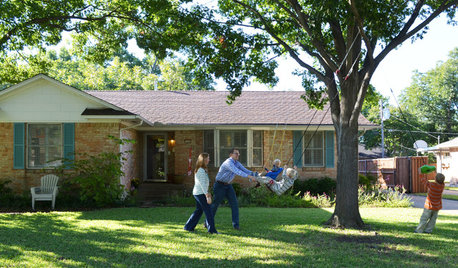
MOVINGHouse Hunting: Find Your Just-Right Size Home
Learn the reasons to go bigger or smaller and how to decide how much space you’ll really need in your next home
Full Story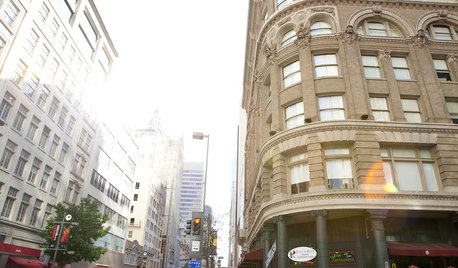
LIFE11 Apartment Hunting Tips for Renters
Land the right new rental home the smart way, with this insight to help you focus, organize and avoid surprises
Full Story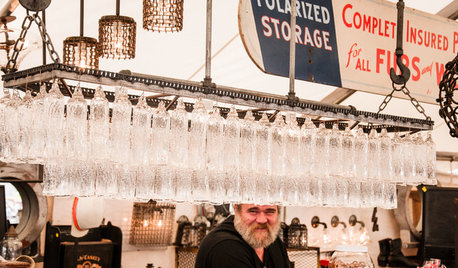
EVENTSTreasure Hunting at the Brimfield Antiques Fair
More than 5,000 antiques dealers are selling their goods along a 1-mile stretch of rural New England this week. Here's what we found
Full Story
ARCHITECTUREHouse-Hunting Help: If You Could Pick Your Home Style ...
Love an open layout? Steer clear of Victorians. Hate stairs? Sidle up to a ranch. Whatever home you're looking for, this guide can help
Full Story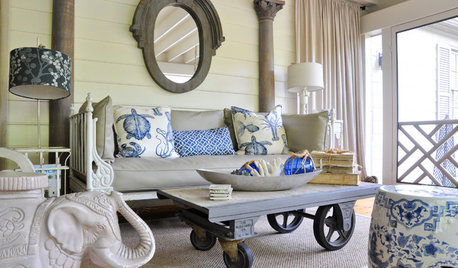
HOUZZ TOURSMy Houzz: Treasure Hunting Pays Off in Maryland
Artfully layered accessories and patterns plus an eclectic furniture mix make for intriguing decor with vintage flair
Full Story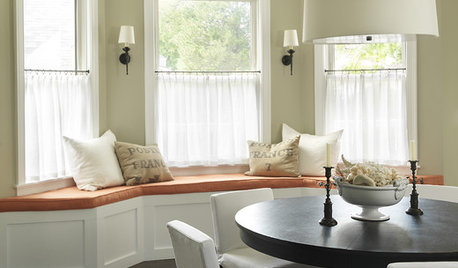
LIGHTINGGuest Picks: Marching to a Different Drum Shade
Follow a designer as she hunts down the perfect light for her client
Full Story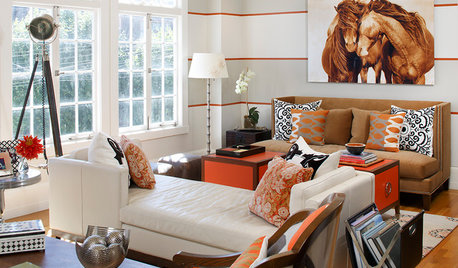
PRODUCT PICKSGuest Picks: Equestrian Chic
Go on the hunt for these furniture pieces, accessories, artwork and lighting options that conjure the beauty of horses
Full Story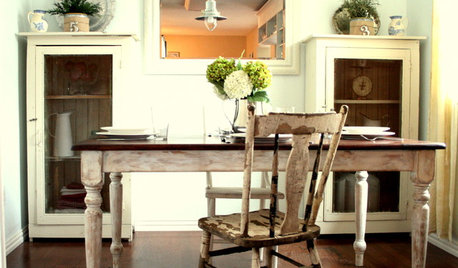
HOUZZ TOURSHouzz Tour: Making 'Normal' Beautiful for Less
Ingenuity, elbow grease and bargain hunting result in a light and lovely beach cottage style
Full StoryMore Discussions






wordwiz
taz6122
Related Professionals
Norfolk Landscape Architects & Landscape Designers · Salisbury Landscape Architects & Landscape Designers · Golden Gate Landscape Contractors · Kailua Landscape Contractors · Mastic Beach Landscape Contractors · Pompano Beach Landscape Contractors · Santa Maria Landscape Contractors · Overlea Fence Contractors · Ashland Fence Contractors · Short Pump Fence Contractors · Wake Forest Fence Contractors · Woodland Hills Fence Contractors · Foster City Fence Contractors · Reno Roofing & Gutters · Ahwatukee Roofing & GuttersrazzblyOriginal Author
wordwiz
lermer
struwwelpeter
penfold2
struwwelpeter
penfold2
struwwelpeter
wordwiz
penfold2
struwwelpeter
penfold2